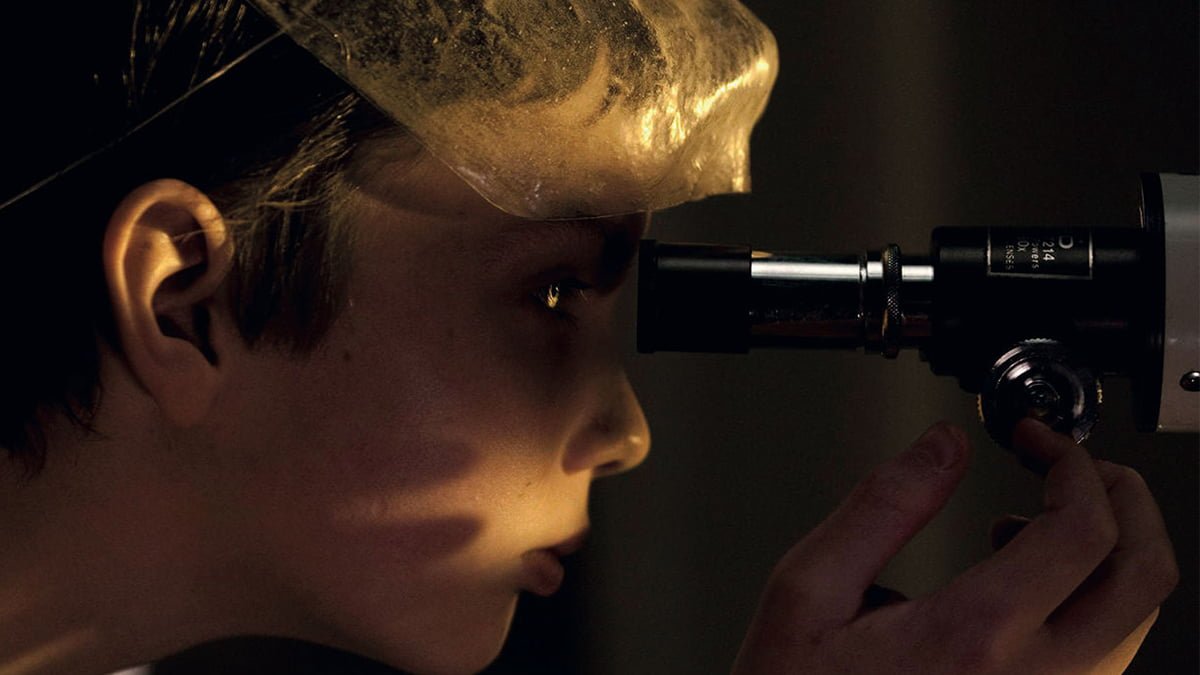It is the annual festival of the steel phallus. Its origins are well worth explaining. It’s a joyful occasion – the celebration of manhood under the pretence of a spiritual ceremony at a Shinto shrine. Blessed be the cocks here in the city of Kawasaki, Japan.
1. The official ingredient of the Kanamara Matsuri Festival each year is the parade through the nearby streets where the three huge altars with the erect idols are swayed by groups of worshippers. The footpaths are full of people who crowd around these mobile temples as the bearers chant, sing, shout and sway from side to side.
2. This ginormous pink penis catches the attention. There’s no flicker of shame as it exposes itself to the crowd. It has the entire spotlight on it, with throngs of Japanese people pushing to get closer to the engorged phallus.
3. The shrine has been the place for people with penises in their prayers for more than four centuries. In the 1600s, this area was full of prostitutes and they would come here to ask for protection from sexually-transmitted diseases. Over time, people started coming to pray for fertility, long marriages, healthy births and then the penis symbology got twisted.

This ginormous pink penis catches the attention. There’s no flicker of shame as it exposes itself to the crowd. It has the entire spotlight on it, with throngs of Japanese people pushing to get closer to the engorged phallus.
4. There’ll be one line of people waiting to pray inside the shrine right next to another line of people waiting to buy a lollipop in the shape of a penis. The traditional carving of the radishes into phallic shapes happens in one corner and in another are large wooden wangs that you can ride like a horse.
5. People had some, but limited information on the history behind the shrine and festival. As the legend goes, there was a woman who had a demon living in her vagina who twice bit off the penises of her newlywed husbands. Finally, she went to a blacksmith who made her a steel penis upon which the demon broke its teeth, enabling her to live a normal life.
6. Though there are differences in interpretation of the festival’s origins, one thing is clear: the shrine and the festival served a significant purpose for many who wished to promote good health, fertility, posterity, and happiness.

The shrine and the festival served a significant purpose for many who wished to promote good health, fertility, posterity, and happiness.











